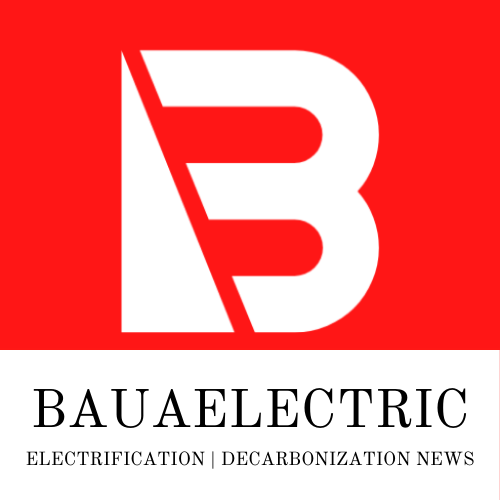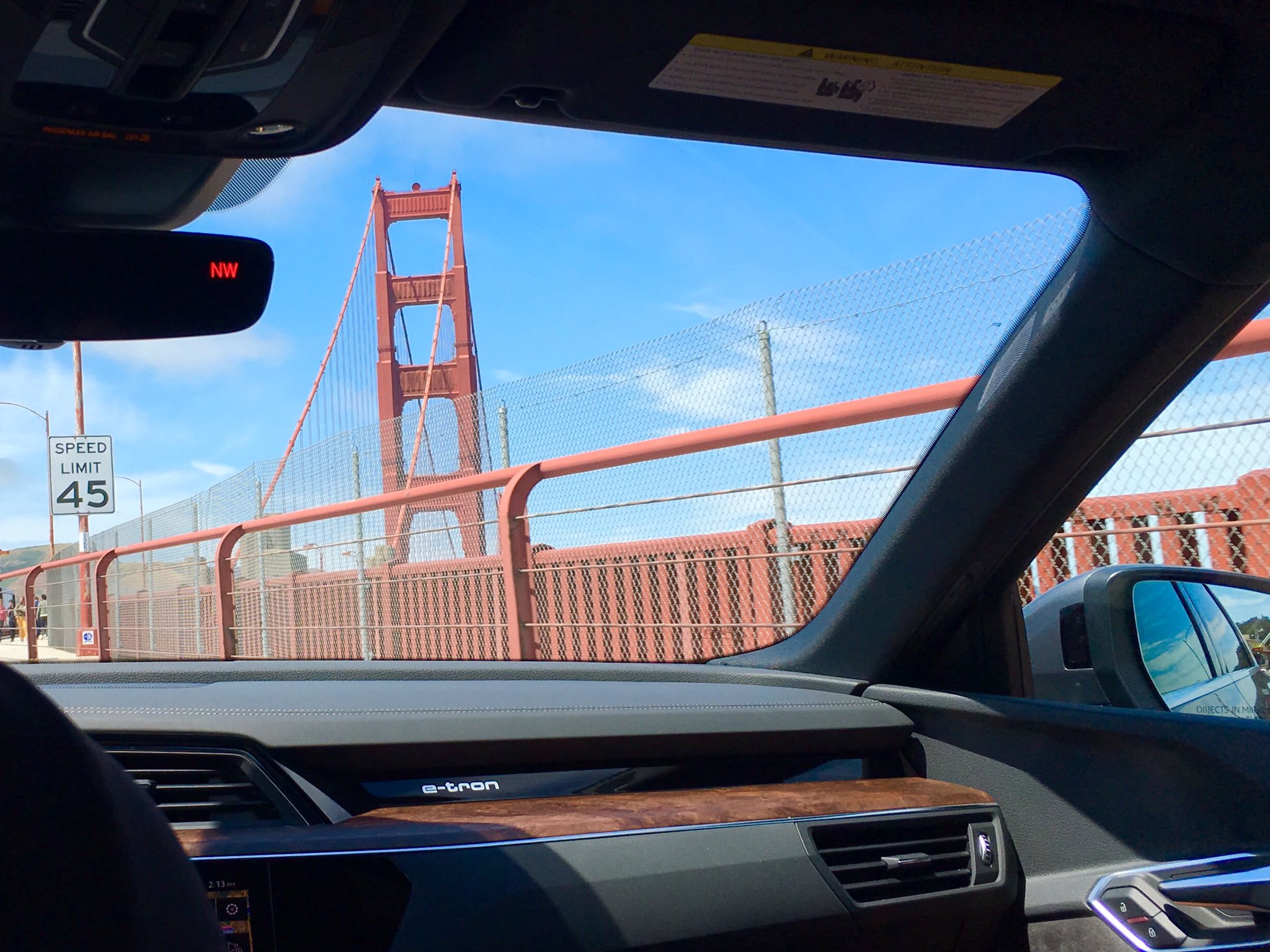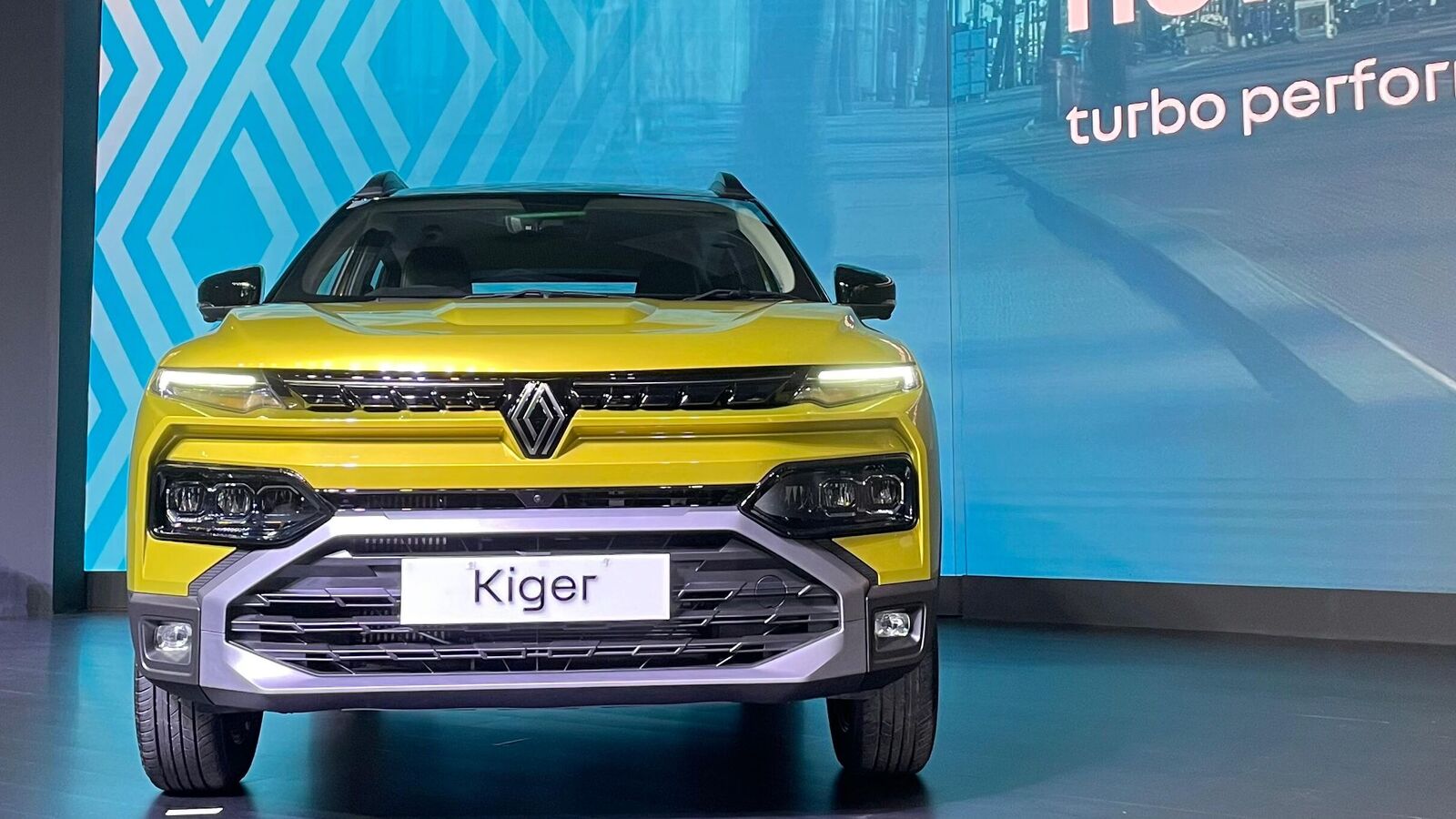- California sees EV fast-charger creation continuing in 2025 and beyond
- Program offers funding now for “ready-to-build” charging projects at retailers
- Current $1.4B program is part of $10B EVs and infrastructure plan
While the Trump DOT has frozen funds related to the federal EV charging buildout, that hasn’t stopped the creation of more publicly supported chargers in California—and plans for many more in the near future.
Last week California announced a $55 million project, overseen by the California Energy Commission (CEC), supporting the installation of DC fast-charging stations at retail sites throughout the state, for locations that include convenience stores, gas stations, and hotels.
While it’s a relatively small piece of the state’s latest $1.4 billion EV charging and hydrogen plan—all state funding—that it announced in December, its timing served to underscore a point: Much of California’s EV charger expansion is state-funded and will, simply, keep rolling with or without the rest of the country behind it.
The latest $1.4 billion program covers 100% of the costs of approved, “ready-to-build” DC fast-charging projects, with up to $55,000 or $100,000 per charging port, depending on the power level. As the state emphasizes, disadvantaged communities and tribal land applications will be prioritized but aren’t required.
“The CEC is reviewing the recent memo and coordinating with federal and state counterparts,” said spokesperson Harrison Reilly to Green Car Reports in response to how the Trump move might affect California charging funding in the future. “We remain confident in our ability to continue serving Californians and leading the state to a 100 percent clean energy future for all.”
California’s own program, which will include new incentives for manufacturing, job training, and electric trucks and school buses, is part of the $10 billion it plans to spend on EVs and infrastructure as part of its $48 billion climate commitment by 2045. California says it’s already spent $2.3 billion since 2007 on EV infrastructure plus alternative fuels and advanced vehicle technologies.
While the state isn’t dependent on federal funds for building out public charging, it wouldn’t be completely unaffected. As the state noted in December’s program announcement, it has “also received billions from the Biden-Harris Administration for clean transportation.”
The Bipartisan Infrastructure Law enacted in November 2021 included $7.5 billion toward EV charging, in two big bins of funding. Firstly, $5 billion for the deployment of a national EV charging infrastructure, focused around designated travel corridors, and the formation of “an interconnected network to facilitate data collection, access, and reliability” of charging.
The second big bin of funding under the infrastructure law is sending $2.5 billion toward rural charging and underserved/disadvantaged communities. California, following its own funding distribution, has already emphasized EV affordability for low-income and disadvantaged communities—and with it, remedying corresponding EV fast-charging deserts.
According to a report from the CEC itself, the state will need 1.2 million EV chargers by 2030 in order to meet the charging demands of the 7.5 million plug-in vehicles it sees in use by then.
Adding those chargers isn’t simply a matter of installing cabinets and connectors, but of grid upgrades in some cases. That same report also emphasized the importance of “vehicle-to-grid” (V2G) tech, part of bidirectional charging. It underscored that without the more widespread deployment of such tech, overall electricity consumption by electric passenger cars could boost electricity demand by 20% to 25% at peak times.
While California will push ahead with its EV charger buildout almost unfazed, one of the biggest questions ahead may be viability of its market scenario, including higher levels of EV adoption. With weak EV sales growth expected nationally in 2025, it may be building farther ahead than it’s intended to.



